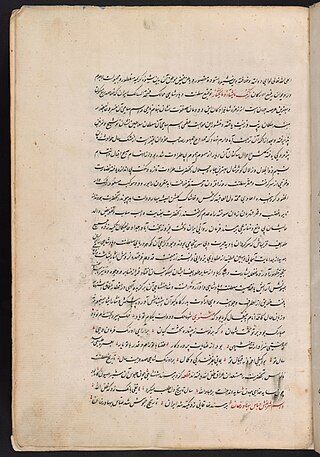Top Qs
Timeline
Chat
Perspective
Iskandar Beg Munshi
Iranian historian (c.1560–c.1632) From Wikipedia, the free encyclopedia
Remove ads
Iskandar Beg Munshi (Persian: اسکندر بیگ منشی; 1561/62 – 1633/34) was an Iranian[1] court scribe and chronicler, who is principally known for his historical book Tarikh-e Alam-ara-ye Abbasi ("The world-adorning history of Abbas"),[2] which focuses on early Safavid history, especially the reign of Shah Abbas I (r. 1588–1629).[3][4]
Remove ads
Life
Iskandar Beg was born in 1561 or 1562.[3] He belonged to a Turkoman clan which was part of the Qizilbash, a militant Shia group that had helped the Safavids establish their rule. Even though Iskandar Beg came from a Qizilbash family and was affiliated with the military elite of the Safavids, both he and his elder brother Faraj (Farrukh?) Beg joined the bureaucracy instead. Iskandar Beg served as Mirza Ata-Allah Isfahani's pupil scribe during the later rule of Shah Tahmasp I (r. 1524–1576).[3]
Iskandar Beg died in 1633 or 1634.[3]
Remove ads
Work
Iskandar Beg's Tarikh-e Alam-ara-ye Abbasi (abbreviated as TAAA[5]) is considered the most significant piece of Iranian historiography written about Safavid Iran.[6][7] The book was influenced by the Mughal chronicle Akbarnama of Abu'l-Fazl ibn Mubarak (died 1602).[8]
References
Sources
Further reading
Wikiwand - on
Seamless Wikipedia browsing. On steroids.
Remove ads

